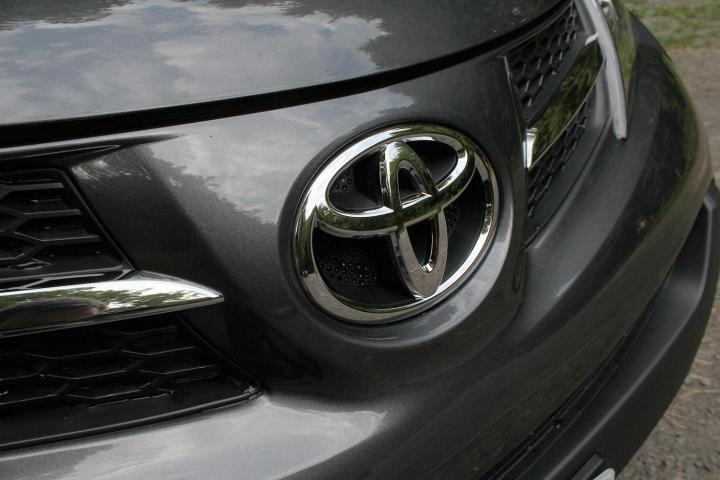
A recent Toyota North America filing with the U.S. patent office uncovered by The Drive describes “apparatuses and methods for making an object appear transparent.” This technique would be applied to a car’s pillars, making them appear invisible. That would allow drivers to simply look through pillars instead of around them, improving safety.
The subject of the patent filing doesn’t really render car parts invisible, it only makes them appear invisible. It would use a series of strategically placed mirrors to bend light around an object, allowing the driver to see what is on the other side. While the driver would appear to be looking through a solid pillar, they would actually be looking around it.
A setup like this is especially relevant right now, given current trends in car design. Along with the aforementioned thicker pillars meant to improve safety, many new cars feature lower rooflines with steeply raked windshields, both to improve aerodynamics and create a more stylish look. These elements bring certain benefits, but they all hinder visibility.
Toyota may be looking at the theoretical possibilities of mirrors, but the actual solution it and other automakers seem to be relying on is tech. Just as cars have gotten harder to see out of, they have sprouted a dizzying array of backup cameras, park-assist systems, and other tech meant to keep drivers from running into things. These systems can be pretty effective, but simply being able to see where you are going is probably the best answer.
So will drivers soon be able to see around roof pillars using mirrors? Don’t count on it just yet. As with all patent filings, this one is merely a confirmation that the idea is original, not that it will work. Toyota may have filed for a patent just to claim the idea, and might not have any intention of putting its “invisible” pillars into any future production cars.


